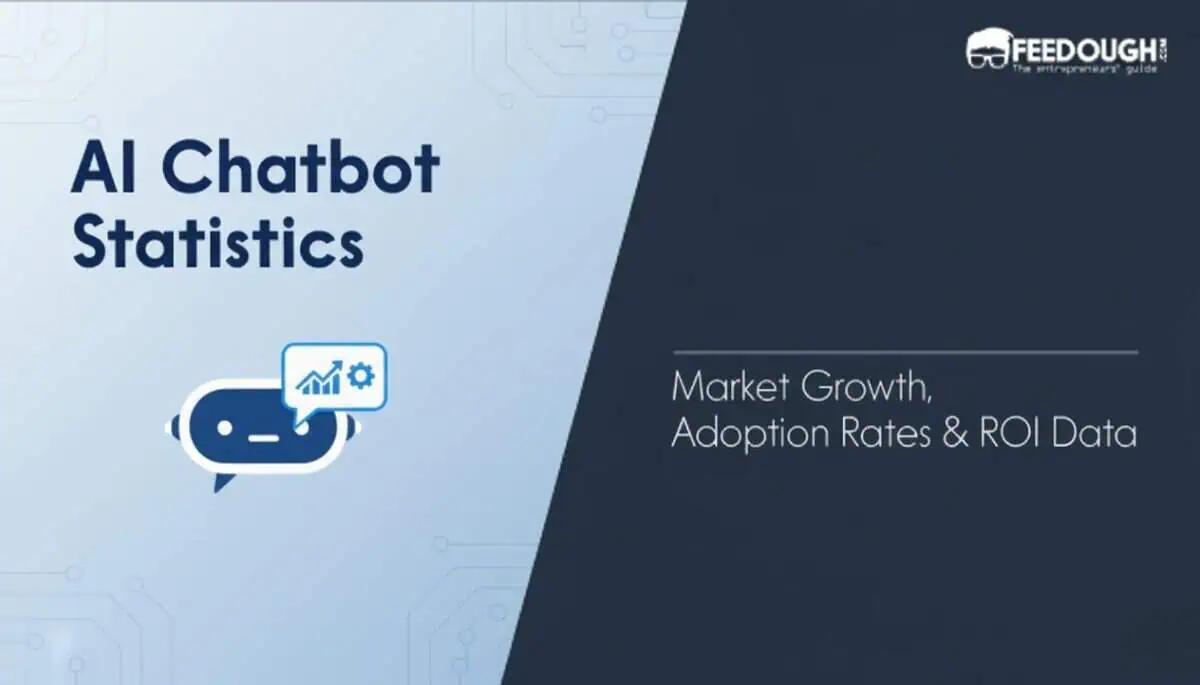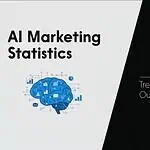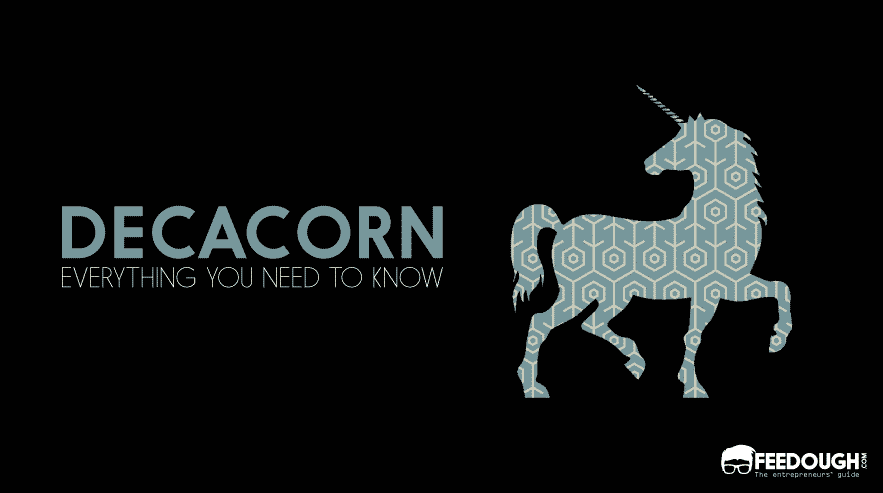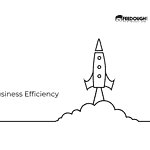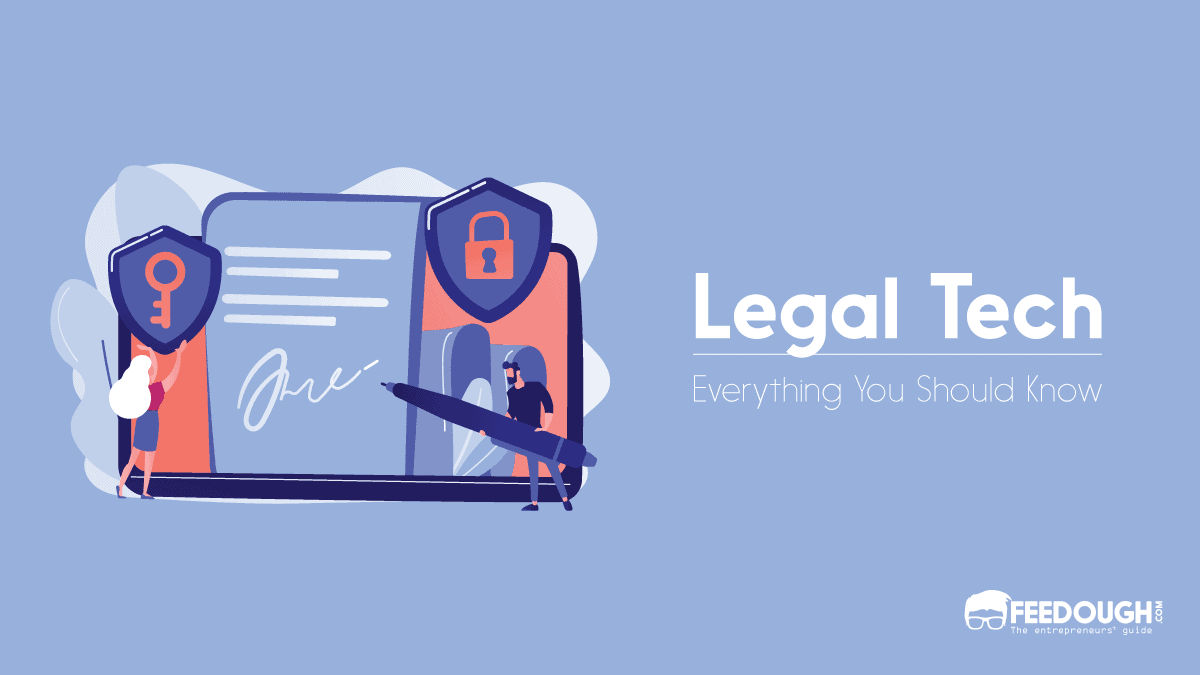You’re watching businesses transform customer service while cutting costs by up to 30%. That’s the power of AI chatbots changing how companies interact with their customers.
The numbers tell an incredible story. According to Grand View Research, the global AI chatbot market will explode from $7.76 billion in 2025 to $27.29 billion by 2030, representing a staggering 23.3% annual growth rate.
But what’s driving this massive adoption? How are chatbots actually performing for businesses that deploy them?
Let’s examine the most important AI chatbot statistics shaping 2025 and beyond.
Key Highlights
Here’s what the numbers tell you about the current state of AI chatbots. These statistics give you a clear picture of where the technology stands today and where it’s headed.
- 88% of people had at least one conversation with a chatbot in the past year – showing massive consumer adoption is already here
- Only 9% of business workers use chatbots daily, revealing a huge untapped opportunity
- Businesses using chatbots for sales see an average 67% increase in sales – that’s real revenue impact you can measure
- Just 1% of users rated their chatbot interaction as negative, crushing the myth that people hate talking to bots
- The global chatbot market will explode from $15.6 billion in 2024 to $46.6 billion by 2029 – a 24% annual growth rate
- 26% of workers with master’s degrees use chatbots daily compared to only 9% overall, showing education drives adoption
- 34% increase in business chatbot adoption expected by 2025 – early movers will have the advantage
- 60% of companies already use some form of chatbot technology for customer interactions
What stands out? The gap between consumer readiness and business implementation. People are already comfortable with chatbots, but most businesses haven’t caught up yet.
AI Chatbot Market Size and Growth Statistics
The numbers don’t lie – we’re looking at one of the fastest-growing tech markets in history. While 88% of consumers have tried chatbots, most businesses are barely scratching the surface of this opportunity.
Current Market Valuation and Future Projections

The global AI chatbot market hit $7.76 billion in 2024. That’s already massive, but here’s where it gets interesting – experts project it’ll reach $27.29 billion by 2030. That’s a 23.3% compound annual growth rate.
To put this in perspective, the chatbot market is growing faster than cloud computing did in its early years. What this means for you is simple: companies that move now get first-mover advantage in a market that’s tripling in size.
Different research firms are seeing similar trends. Some projects even higher growth rates, with certain segments expected to grow at 25-30% annually. The consistency across forecasts tells you this isn’t hype – it’s a fundamental shift in how businesses operate.
Regionally, North America leads the charge, but Asia-Pacific is catching up fast. European markets are showing strong adoption in customer service sectors. The thing is, growth is happening everywhere, which means the opportunity exists regardless of where your business operates.
What’s Driving This Explosive Growth
Three main factors are pushing this expansion. First, businesses finally understand automation isn’t optional anymore. Labour costs keep rising while chatbots get better and cheaper.
Second, AI technology has improved dramatically. Today’s chatbots actually understand context and handle complex conversations. They’re not the clunky “press 1 for sales” systems from five years ago.
Third, COVID accelerated everything. Businesses that survived learned to serve customers digitally. Remote work normalised AI interactions. What took a decade happened in two years.
The gap between consumer adoption and business implementation creates a massive opportunity. You’re looking at a market where demand exists, but supply is still catching up.
Customer Experience and Satisfaction
Here’s what might surprise you: customers don’t actually hate chatbots. That common assumption? It’s completely wrong.
According to LocalIQ research, only 1% of customers rate their chatbot interactions negatively. Think about that for a second. Out of 100 people who interact with chatbots, only one person walks away truly dissatisfied.
What’s driving this surprisingly high satisfaction? It comes down to what customers actually want from their service interactions.

What Customers Actually Want from Chatbots
Speed beats everything else. Customers want immediate responses, not tomorrow’s callback. They want 24/7 availability, not business hours. They want their simple questions answered quickly so they can move on with their day.
The satisfaction drops when chatbots can’t resolve issues completely. About 70% of users feel satisfied when their problems get fully resolved by the bot. That’s your benchmark right there – resolution, not just response.
Chatbot Use Cases and Application Statistics
You’re looking at a technology that transforms how businesses operate across multiple functions. The question isn’t whether chatbots work – it’s where they work best for your specific needs.
Here’s what the data shows about real-world applications and their impact.
Customer Service and Support
Customer service remains the strongest use case for chatbots. You can automate up to 80% of routine inquiries without human intervention.
The results speak for themselves. Businesses using chatbots for customer support see average response times drop from hours to seconds. Your customers get instant answers to common questions about order status, product information, and basic troubleshooting.
But here’s what’s interesting – chatbots don’t just handle simple queries anymore. They’re resolving complex issues by accessing customer data, processing returns, and even troubleshooting technical problems. This frees your support team to focus on high-value interactions that actually need human expertise.
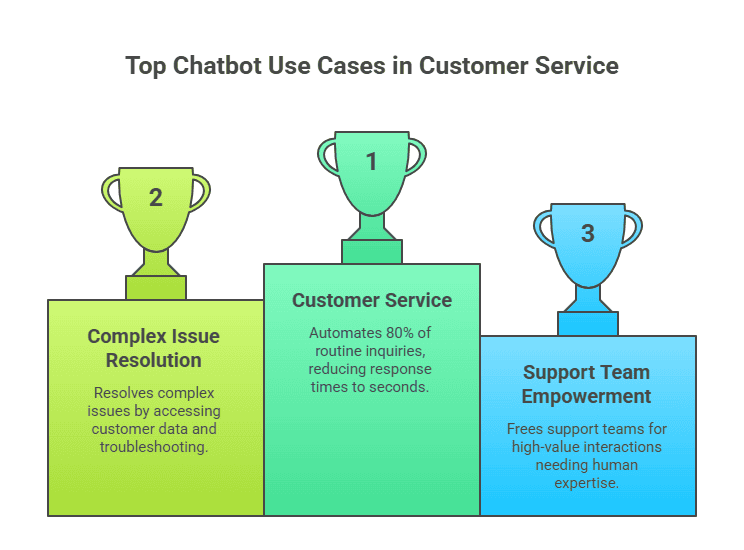
Sales and Lead Generation
This is where you see the most dramatic ROI. Businesses implementing chatbots for sales report an average 67% increase in sales performance.
Your chatbot becomes a 24/7 sales assistant that never sleeps. It qualifies leads by asking the right questions, schedules demos with prospects, and nurtures potential customers through your sales funnel.
Think about it – while your sales team focuses on closing deals, your chatbot handles initial contact, gathers contact information, and identifies purchase intent. You’re essentially doubling your sales capacity without doubling your payroll.
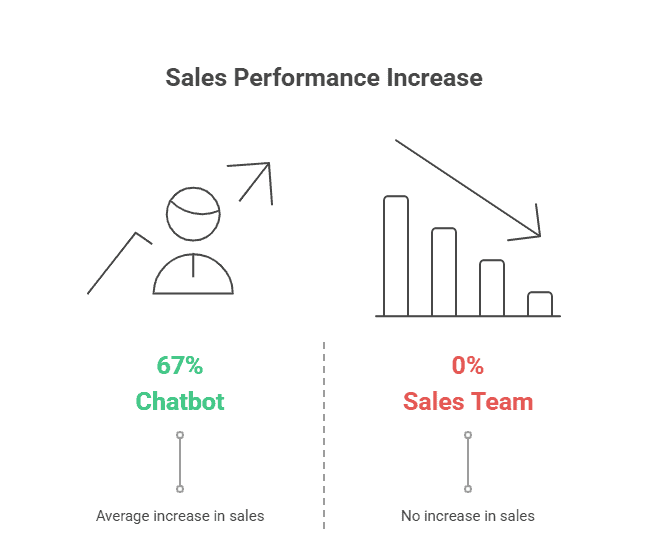
Content Creation and Productivity
The productivity gains here are substantial. About 23% of businesses now use chatbots for writing and editing tasks, and this number keeps growing.
You can generate product descriptions, create email campaigns, draft blog posts, and even handle internal communications. Your marketing team spends less time on repetitive writing tasks and more time on strategy and creative thinking.
Plus, chatbots maintain a consistent brand voice across all content, something that’s challenging when multiple team members handle different communications.
What These Statistics Mean for Your Business
Here’s what you can’t ignore: while 88% of consumers are ready to interact with chatbots, only 9% of businesses are actually using them. That’s not just a gap, it’s a massive competitive opening.
You’re looking at a market exploding from $7.76 billion to $27.29 billion by 2030. Customer satisfaction rates hit 80%, with negative experiences sitting at just 1%. Companies implementing chatbots see 67% sales increases and 30% cost reductions.
What this means for you: early adopters aren’t just improving efficiency, they’re capturing market share while competitors hesitate.
The next 2-3 years will be decisive. As AI capabilities advance and integration costs drop, the businesses that implement chatbots now will have refined systems, established customer relationships, and operational advantages that late adopters can’t quickly match.
You’ve got two choices. Join the 9% of businesses already benefiting from chatbot technology, or watch from the sidelines as consumers who are clearly ready for this shift gravitate toward competitors who meet them where they are.
A startup consultant, digital marketer, traveller, and philomath. Aashish has worked with over 20 startups and successfully helped them ideate, raise money, and succeed. When not working, he can be found hiking, camping, and stargazing.
